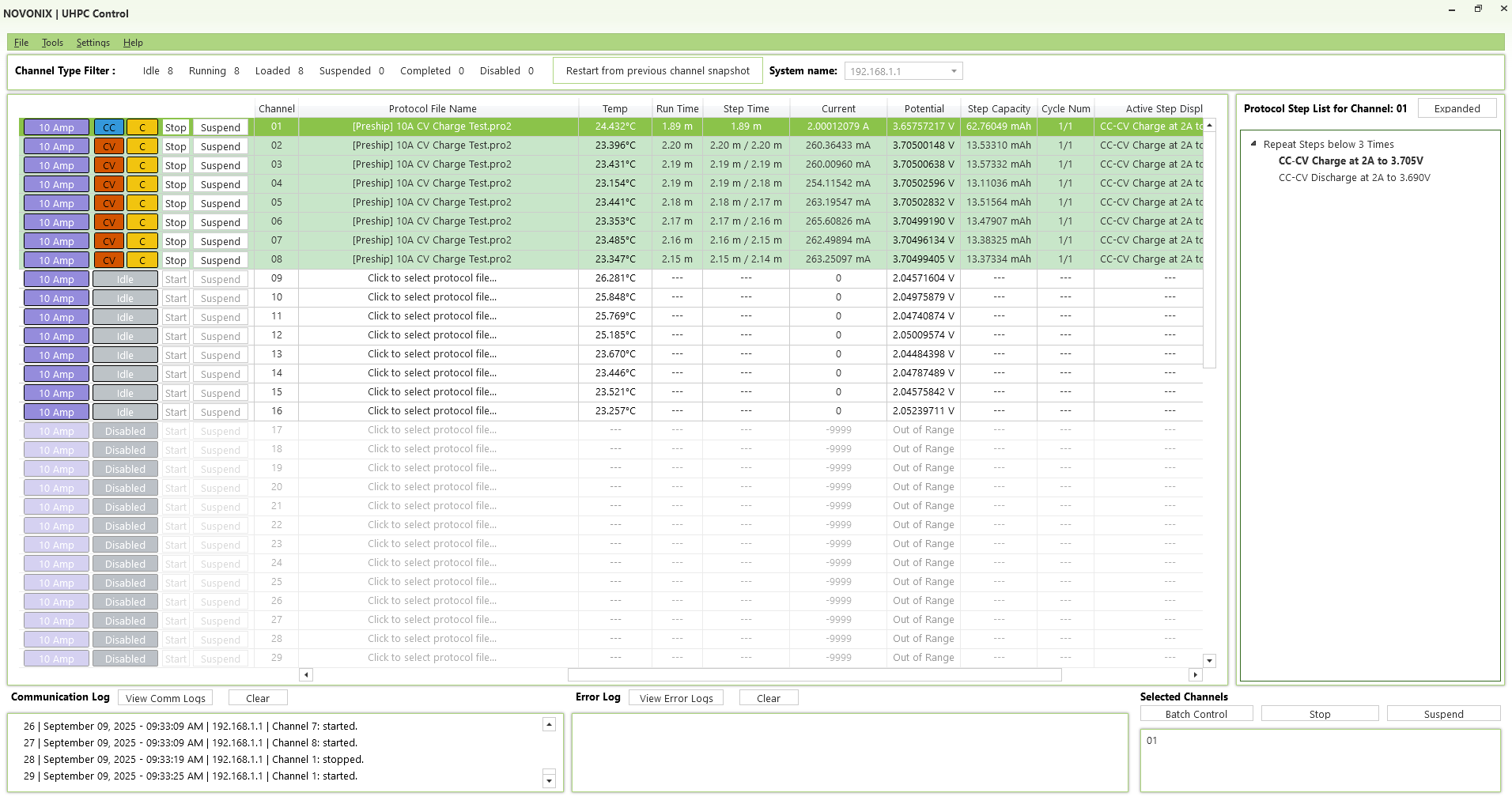The Impact of Electrolyte Additives Determined Using Isothermal Microcalorimetry
Downie, L., Nelson, K. J., Petibon, R., Chevrier, V. L. & Dahn, J. R. (2013).
ECS Electrochemistry Letters. 2. A106-A109. https://doi.org/10.1149/2.010310eel
Abstract
Isothermal microcalorimetry is a quick and simple method of determining the effect an additive or additive combination has on the parasitic reactions occurring as a function of state of charge. It can easily discriminate exactly where in the voltage range the additive is providing a benefit with just a single cycle. As a demonstrative example, the effect of varying concentrations of vinylene carbonate (VC) on a LiCoO2/graphite cell is examined. Machine-made pouch cells were used such that the cells were nominally identical except for the concentration of VC. The measured heat flow for the different cells is then identical except for the heat flow that results from parasitic reactions. It is shown that the presence of VC reduces parasitic reactions above 3.9 V, and continues to reduce these reactions with increasing state of charge. The heat flow during open circuit conditions at the top of charge also shows that the presence of VC dramatically reduces the heat due to parasitic reactions.
